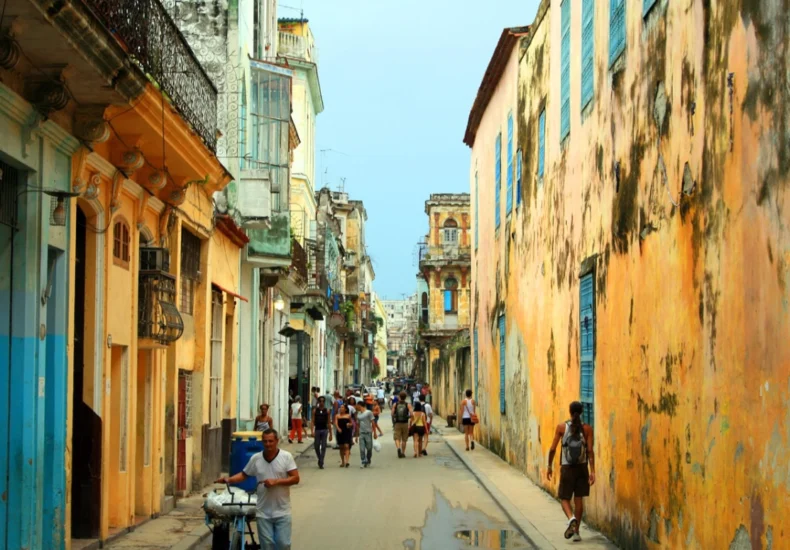
Censorship Stirs Controversy at Nordic LGBTQ Festival in Havana
Cuban Nordika Festival, celebrating LGBTQ art, was censored pre-opening. Despite this, it showcases queer Nordic culture, highlighting the resilience and fight for artistic freedom of Cuba's LGBTQ community through art and performances. The blog post addresses challenges and the importance of artistic expression amidst censorship.
Cuban Authorities Intervene Before Festival Opening
In a surprising turn of events, less than a day before the much-anticipated Nordika Festival opened its doors last Friday, Cuban authorities intervened to censor critical parts of the event, the Norwegian LGBTQ Magazine BLIKK (paid subscription needed) reports today. This cultural festival, aimed at celebrating LGBTQ art and expression, was set to showcase discussions and films highlighting queer Nordic culture. Such censorship raises significant concerns about artistic freedom and the challenges faced by the LGBTQ community in Cuba.
An Array of Cultural Offerings
Supported by the Nordic Council of Ministers‘ equality programme, the festival, organized by the Norwegian and Swedish embassies alongside local artistic forces, featured a robust two-day lineup on 23 May 2025 and 24 May 2025. Attendees were poised to enjoy screenings of short films and panel discussions, alongside exhibitions of stunning works by influential artists. Notable contributions included «Boys Club 1983» by Norwegian photo artist Fin Seck-Hanssen, and «Ballroom”»by Chai Saeidi, both of which sought to delve into the narratives of queer identity.
Art as a Form of Resistance
Despite the censorship, the festival continues to stand as a testament to the resilience of the LGBTQ community in Cuba. Additionally, it provides a platform for the iconic «Ecce Homo» exhibition by the late Swedish photo artist Elisabeth Ohlson. Attendees can also look forward to captivating performances, including drag shows and fashion exhibitions, alongside local and Nordic short films. The festival strives to push boundaries and foster avenues for dialogue, despite the obstacles it faces.







